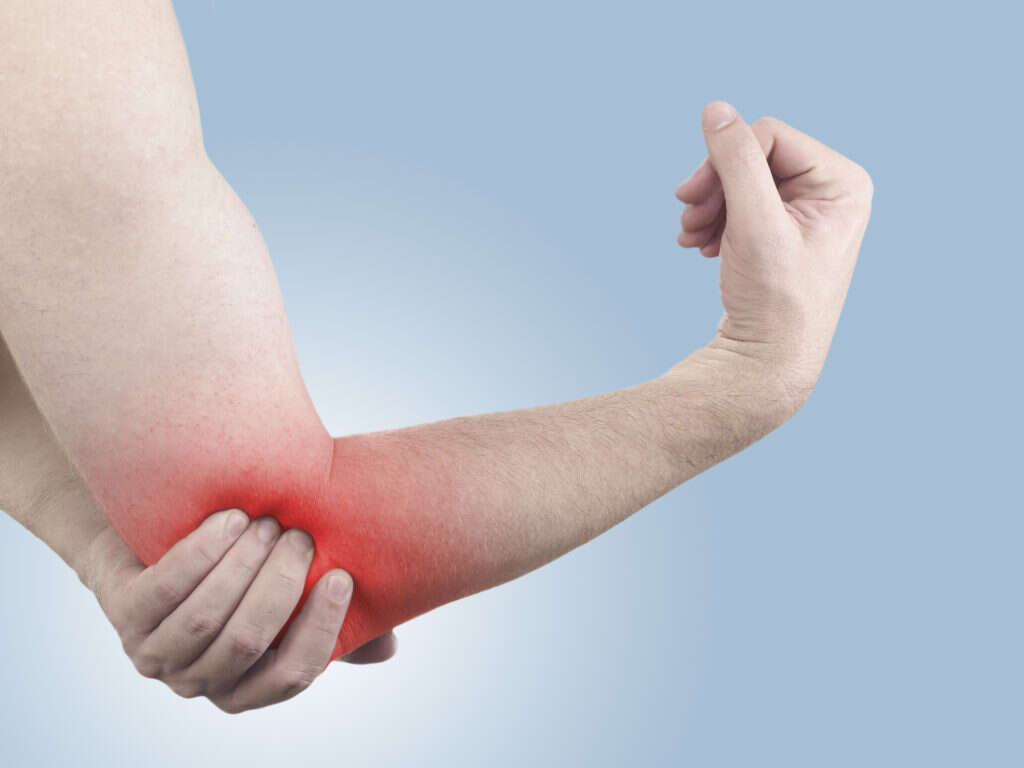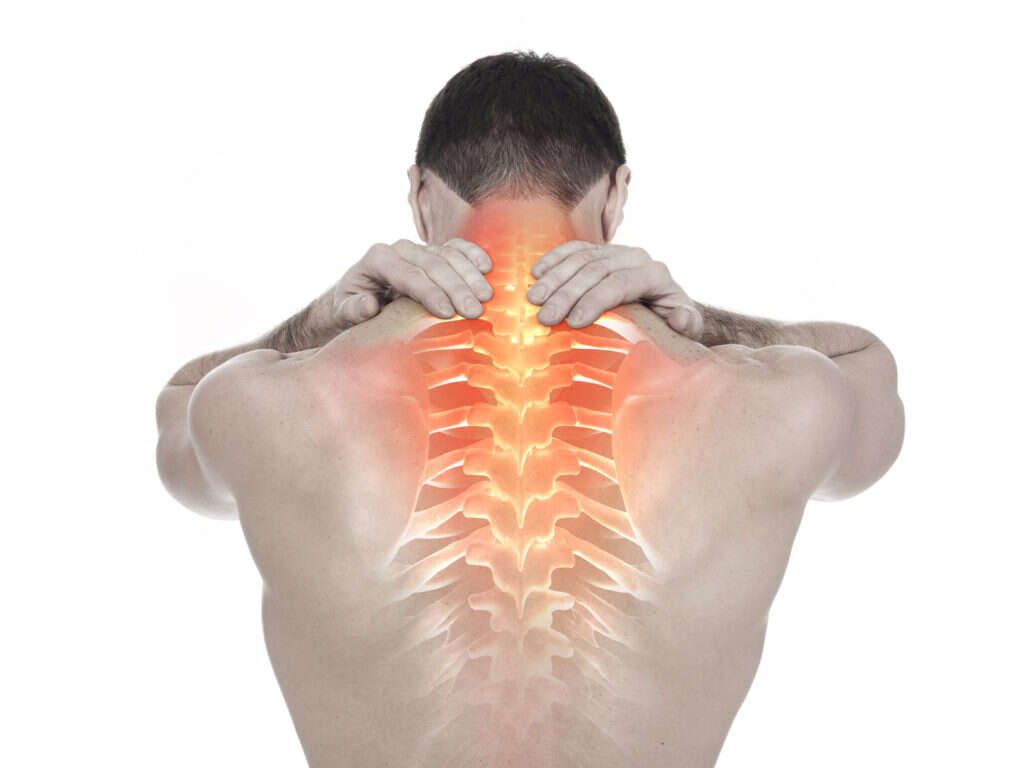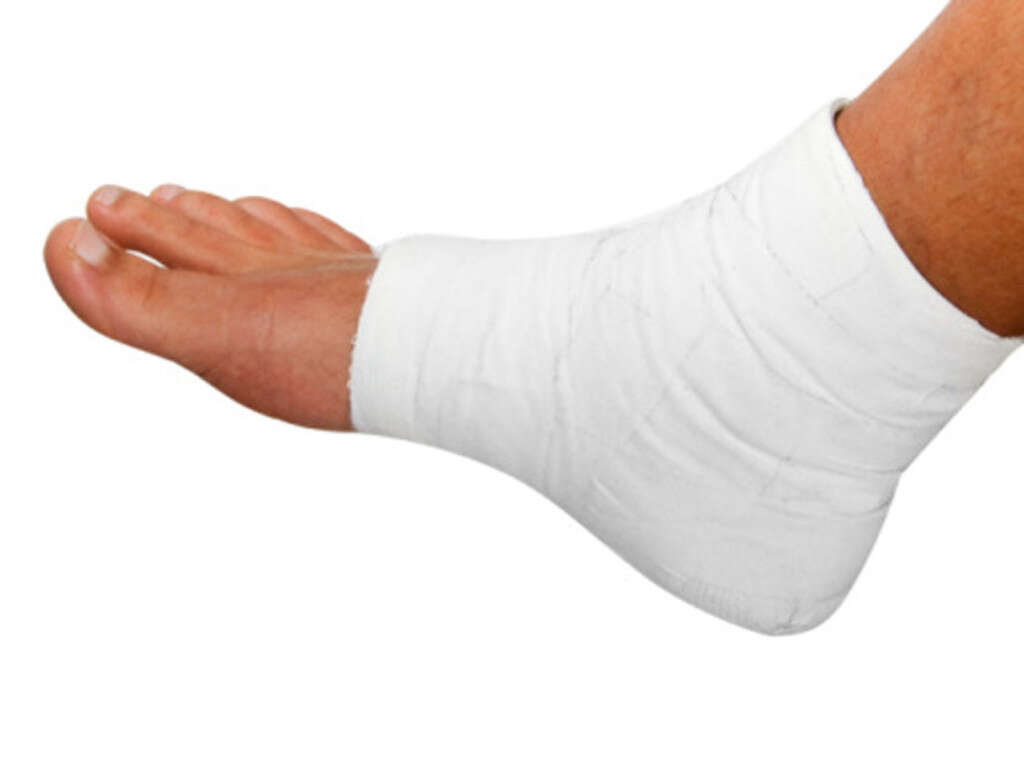10 Bone Fracture Symptoms
Our bones are made of some pretty tough stuff. They consist of a network of calcium and other minerals that bond together to form a very strong, yet light, substance. They are strong enough to support our weight when running and walking and can also take quite a battering if needed.
Bones are far from invincible, however, and a blow with enough force at the right angle can cause a bone to break. This can be very painful and can also lead to permanent damage that will be with us for life.
Bone breaks are usually treatable, though, with most people making a full recovery over time. Below are 10 symptoms of a bone fracture to look out for.

Symptom #1: Pain
Pain is very useful to us. It is very unpleasant, but still very useful. It lets us known when we have injured ourselves or are about to injure ourselves. It helps to make sure that we keep the area protected to help it to heal as it should. As long as we might wish we did not have to endure it, we might struggle to survive without it.
If you break a bone, you are likely to feel it instantly. The pain of a broken bone is always likely to be high up on the scale and in many cases it will be unbearable. Paramedics will often use painkillers to help relieve the patient from their anguish.

Symptom #2: Disfigurement
Our skeletons help to form the structure of our bodies. The bones help provide internal support, while the flesh and organs around them help perform the many other important functions. The skeleton has also evolved over millions of years to help provide the balance and support that is so essential to us.
Our bones are usually quite straight, with some exceptions like the ribs and the skull. If a bone is fractured then it can be become broken out of line, making part of it stick out at an angle. This is often clearly visible externally in what is perhaps the most gruesome symptom of a fractured bone.
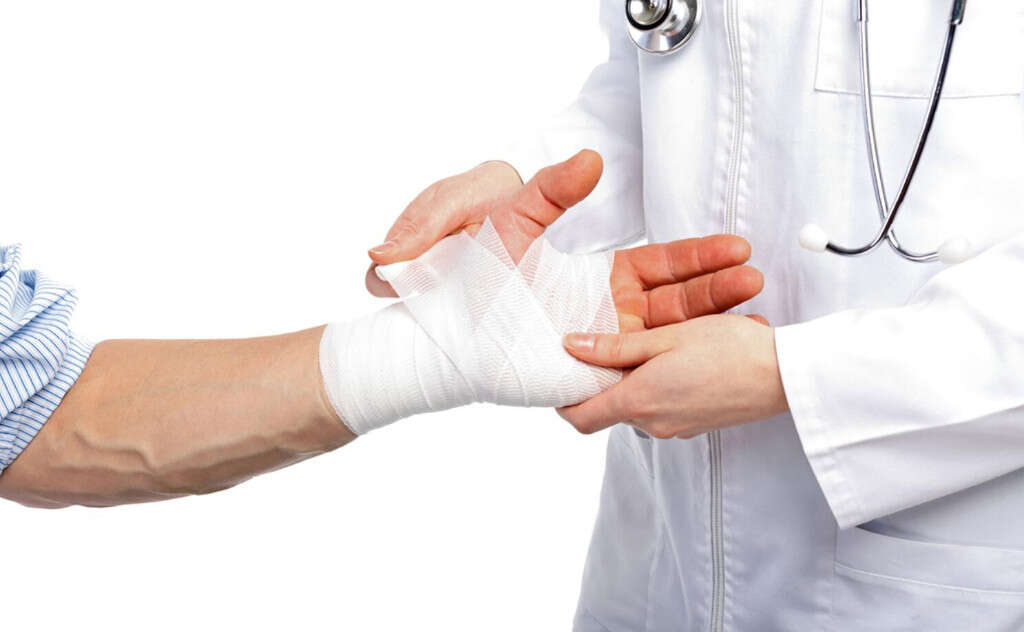
Symptom #3: Discolored Skin
Our skin usually stays more or less the same color. It can change sometimes if we get a tan, while some skin conditions might also cause it to become discolored. If you pick up an injury then that could also cause your skin to take on a different color than usual.
If you break a bone then the skin in the area is likely to become quite red in color. You might also notice that the skin can take on a different texture. If you are not sure whether you have fractured a bone then you should arrange to get medical assistance to be certain.
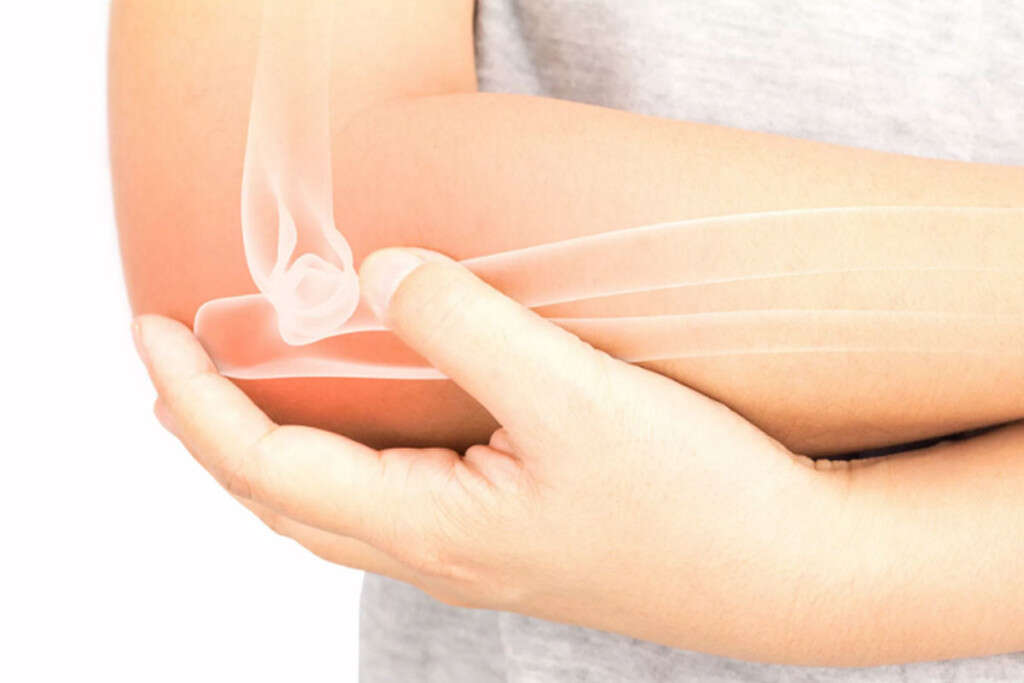
Symptom #4: Grating Sensation
We don’t usually experience problems with friction in our bodies, at least not until we get old. Our joints are usually well lubricated and have soft cartilage to help cushion the joints. If you were to break a bone, though, then you might experience friction in a way you have never done before.
If a bone breaks then it can leave two jagged edges. These edges will usually still be held close to each other at the point of the break and, in some cases, movement can cause them to rub against each other. The area is already likely to be very sensitive after the break, and the friction can cause an agonizing grating sensation.

Symptom #5: Bruising
Broken blood vessels are just as likely to leak blood when under the skin as they are when exposed. This means that blood can be released beneath the skin where it will collect until the broken blood vessels clot. This is what we commonly know as a bruise and they are a clear sign that you have experienced some kind of trauma.
Any impact that can break a broken bone is also likely to be able to break a blood vessel. This means that internal bleeding may also occur and this will result in a bruise. The bruise will fade in time as the wound heals.

Symptom #6: Swelling
From the surface, it might not look as though much is going on at the site of an injury. Go beneath the skin, though, and zoom in a lot closer and you will get to see that there is a great deal going on. The wound will need to be repaired and the body will send a lot of supplies and assistance to do the job.
An injury means that there will be a surge in the number of white blood cells and other resources in the area of the damage. This will cause the area to become swollen due to so many fluids carrying supplies being concentrated in the area. The swelling will subside in time as repairs are carried out on the site.
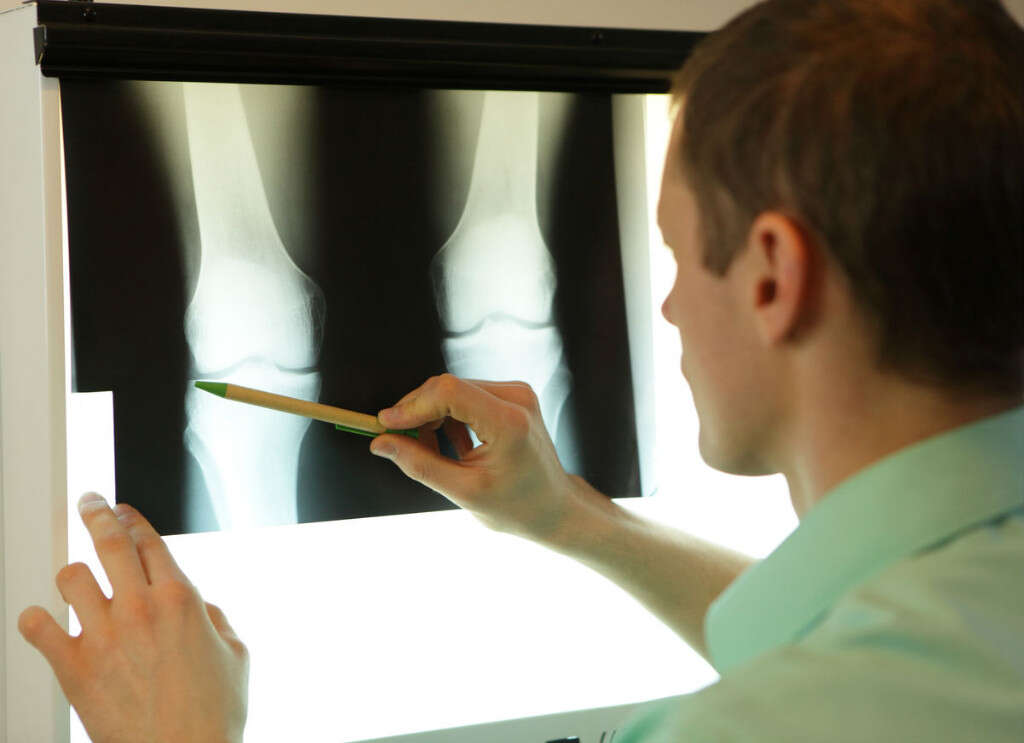
Symptom #7: Broken Skin
We don’t usually see our bones. They are usually tucked away beneath the skin and flesh never to be seen. If you were to experience a bad enough break, however, then you might get to see one of your bones after all. It is a sight that will leave you in no doubt about the severity of the injury.
In some cases, the skin might not actually be broken but you can still see the bone sticking through. If you do witness this kind of injury then it is usually best not to do anything except call an ambulance or at least get to an emergency room.

Symptom #8: Cannot Move the Area
A broken bone is going to be painful and you are not likely to want to move the area. Still, even if you were able to bear the pain, you are still likely to find that you cannot move. No matter hard you may try, you could find that you seem to have lost control over the area.
In cases of severe trauma such as a broken bone, the body is going to do what it can to protect itself. This can include preventing you from moving it to protect the break as much as possible. If the broken bone is in a leg, then you may find it just about impossible to walk.

Symptom #9: Nausea
Nausea is caused by many things, ranging from a mild shock to a severe illness. It is often overlooked because it is such a common symptom. When it is accompanied by certain other symptoms it should be something to take notice of.
When somebody breaks a bone, particularly a large bone such as a femur, it can be quite a shock to the system. This shock can make the victim feel quite nauseous, and they may also vomit. With a broken bone, however, nausea is likely to be the least of their concerns.

Symptom #10: Pale Appearance
The color of our skin can tell people a great deal about our health overall. We should usually have a healthy glow, which comes from the blood flowing just beneath our skin. If the blood is not flowing so close to the surface, however, then we will likely lose a lot of that color.
Breaking a large bone can cause the patient to go into shock, and this can cause the blood to withdraw from the surface. This can cause the patient to became far paler than they usually are while their skin can also become clammy to the touch. It could also be a sign of losing a lot of blood, which can be dangerous.





